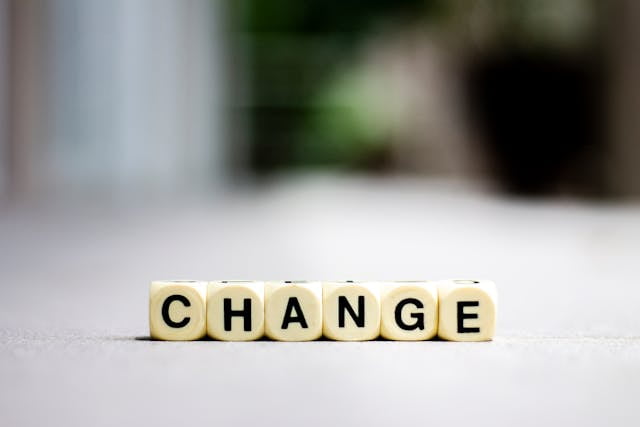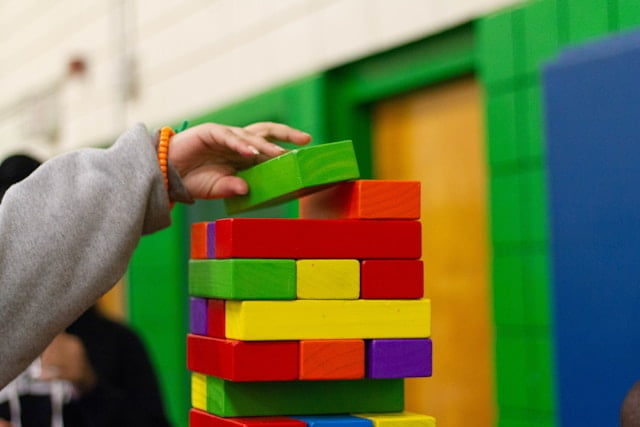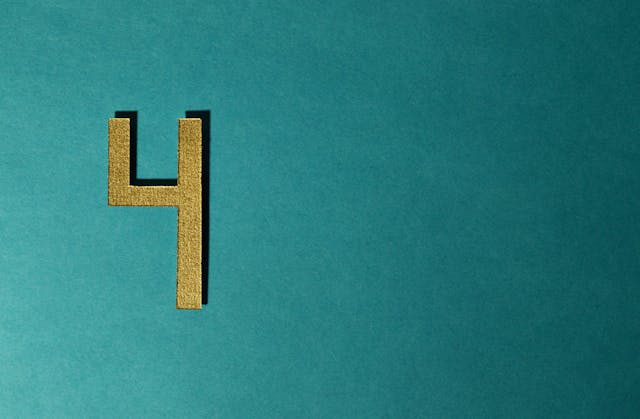The hook model of behavioral design is a framework for designing addictive products. It is closely related to the habit loop. It describes a cyclical, four stage process for designing addictive products. The stages are: trigger, action, variable reward and investment. When built into produces these stages drive user engagement and lead to habit formation.
Summary by The World of Work Project
The Hook Model of Behavioral Design
A Hook modal, or hook canvas, is a user engagement framework or tool. It’s purpose is to ensure an individual actively and repeatedly engages in an activity or interacts with a product.
In other words, it’s a toolkit designers can use to make something habit forming or addictive. The model overlaps with behavioral theory, theories of motivation and theories of habit formation, particularly the Habit Loop.
The Hook model is particularly popular in the world of social media and gaming. In these industries part of the objective of products is to keep consumers engaged. This is important so that you can keep “eyes on screen” so that advertising can be pushed towards them.
How the Model Works
The Hook canvas details four stages. These are: trigger, action, variable reward, and investment. These stages form part of a repeating cycle of engagement. It’s worth noting that trigger, action and reward are the basis of the Habit Loop.

Triggers
Triggers are a call to action. Internal thoughts or external events or prompts encourage people to undertake an action. They remind them of previously taken actions or inform people of new opportunities for action and engagement.
Examples of triggers are things like notification from social media platforms. Each notification issued is designed to trigger a specific action. Most often they trigger opening the relevant application and engaging with it.
Triggers are very similar to the concept of cues in the habit formation loop. The word trigger, though, implies more control and intention than cues. This is appropriate as triggers are intentionally designed into addictive products.
Action
The action is the minimum thing you’re looking for the person to do to engage with your product. In many instance this is simply to open an application and look at it. In some instances, it will be to send a message or engage with it.
Product designers work hard to remove as much friction as possible from the action process. Reducing factors like time, effort and cost all make it easier for a consumer to undertake the triggered action. As a result, this increases the probability that they will do so. For more on this see the Fogg Behavior Model.
It’s worth noting that many products of this nature derive revenue from advertising spend. Often the core purpose of the action is to get eyes on screens so that targeted advertisements can be served.
Variable Reward
The reward is the pay-out to the user of taking the action. In traditional habits, rewards can take a range of forms including physical satisfaction. But digital products usually provide rewards associated with social proof (being recognized by others), mastery (getting better at things) and hunting (finding things / getting bargains).
Products are usually designed to produce rewards that are variable. The reason for this is that uncertainty is more addictive than certainty. If individuals know what rewards await them, they are less likely to take action than if they are uncertain. When we don’t know what rewards we receive there is always a chance that we will receive a large reward, and this potential keeps us engaged.
Investment
The Hook model builds on the Habit Loop by including the concept of investment. The underlying premise behind this part of the Hook canvas is that people value things that they’ve contributed to more than things that they haven’t contributed to.
From a design perspective, this means that product should be designed to require a certain amount of input from users. This investment by users (be it time, effort, or something else) increases their bond with the product. This in turn increases the likelihood that they will continue to engage with it. Put simply, it helps make the product more addictive.
Interestingly, this trait to value things that we’ve invested in more than things that we haven’t is well known and accepted cognitive bias.
Learning More
BJ Fogg’s model is another model concerned with consumer behavior change which you might find interesting.
The behavior change wheel and Lewin’s behavior model might be good starting points to learn a bit more about behavior change more generally. You might also enjoy our podcast looking at consumer behavior change which you can listen to below:
The World of Work Project View
The Hook Model of Behavioral Design builds on theories from psychology, behavioral science and economics. It details design specifications that drive user engagement. They achieve this goal through affecting emotions and the internal rewards mechanisms that drive individuals’ behaviors.
As with any behavior change tool, people considering influencing the behaviors of others should read up on ethics. They then need to decide if the behaviors they are seeking to drive more of will make the world a better place for the individuals in question and humanity as a whole. In some areas, for example self management of diabetes, the answer is resoundingly yes. However, in others, such as online gambling, the answer is almost certainly no. In the areas where the model is most likely to be used, it’s probably less clear cut.
Our overall view on things like this is that we need to be very careful when we look to change the behaviors of others, particularly when it comes to doing so for profit. We believe that many of the products that are built on this type of addictive design are detrimental to the world in the long run.
To be honest, even the name, “hook”, implies catching something against it’s best interest or getting someone to do something automatically. Neither of these outcomes, we believe, are aligned with a business objective of truly adding value to customers or providing a great service to them.
How We Help Organizations
We provide leadership development programmes and consulting services to clients around the world to help them become high performing organizations that are great places to work. We receive great feedback, build meaningful and lasting relationships and provide reduced cost services where price is a barrier.
Learning more about who we are and what we do it easy: To hear from us, please join our mailing list. To ask about how we can help you or your organization, please contact us. To explore topics we care about, listen to our podcast. To attend a free seminar, please check out our eventbrite page.
We’re also considering creating a community for people interested in improving the world of work. If you’d like to be part of it, please contact us.
Sources and Feedback
Eyal, N., & Hoover, R. (2014). Hooked: How to build habit-forming products. New York, New York: Portfolio/Penguin.
We’re a small organization who know we make mistakes and want to improve them. Please contact us with any feedback you have on this post. We’ll usually reply within 72 hours.






